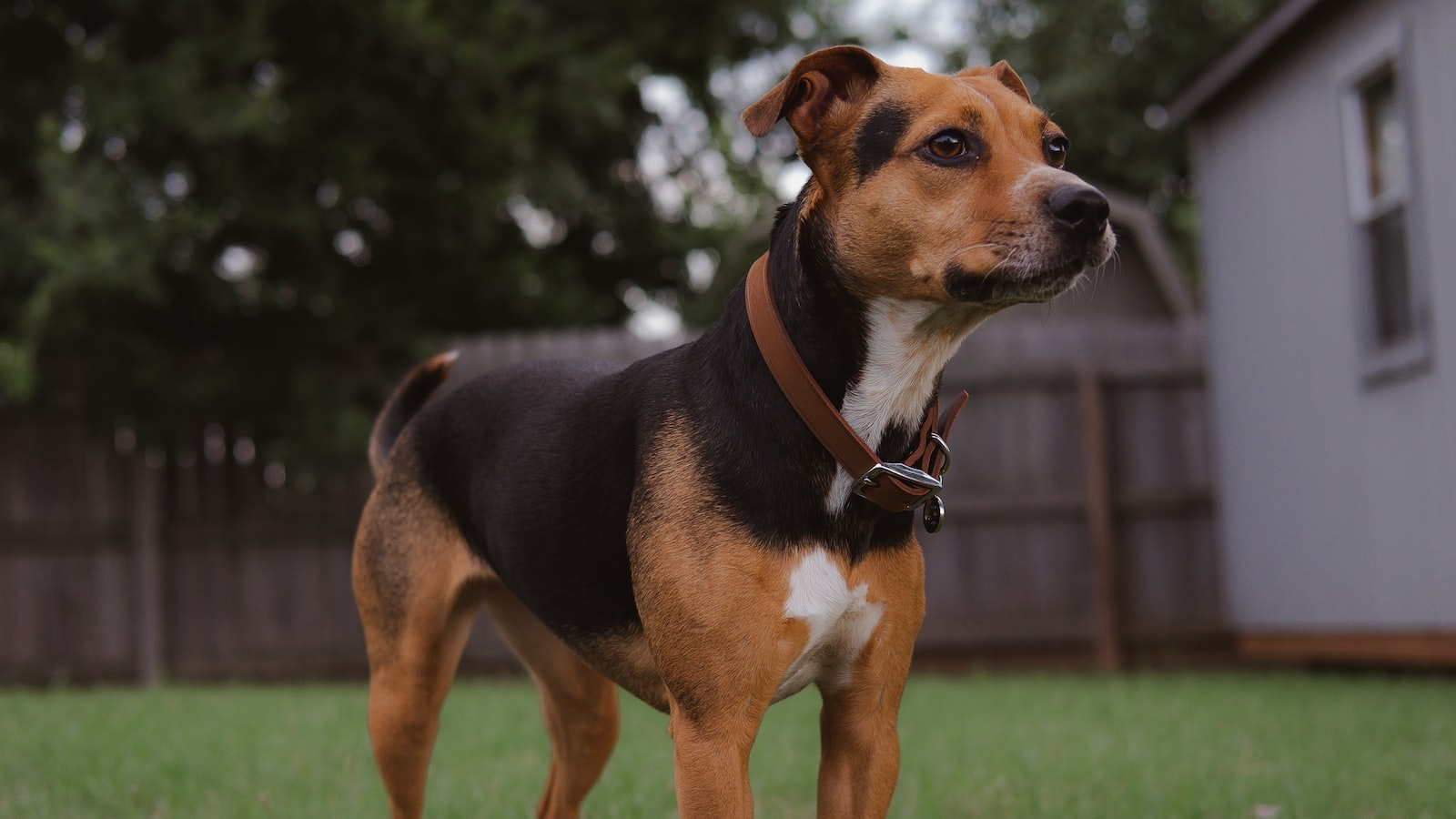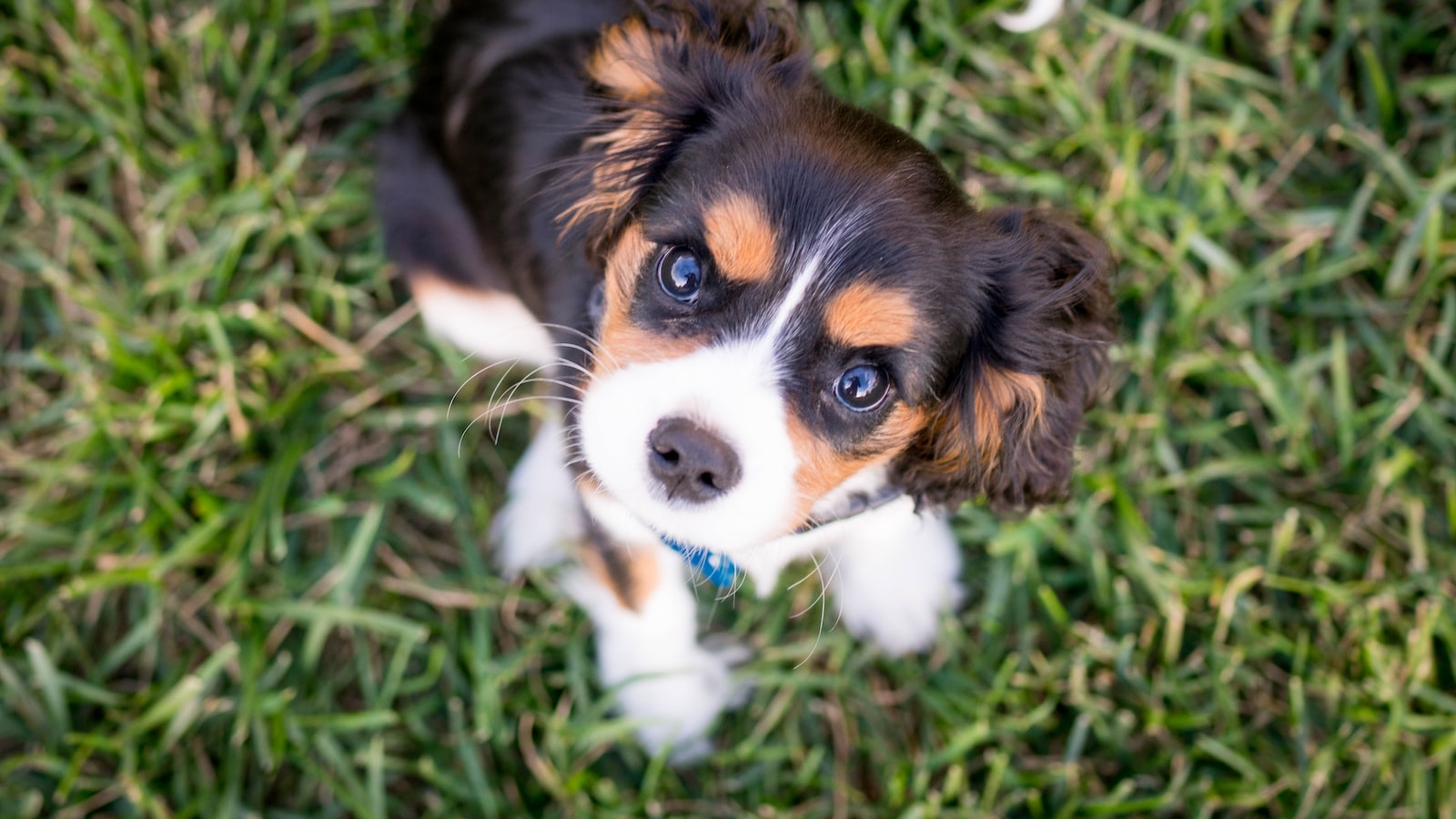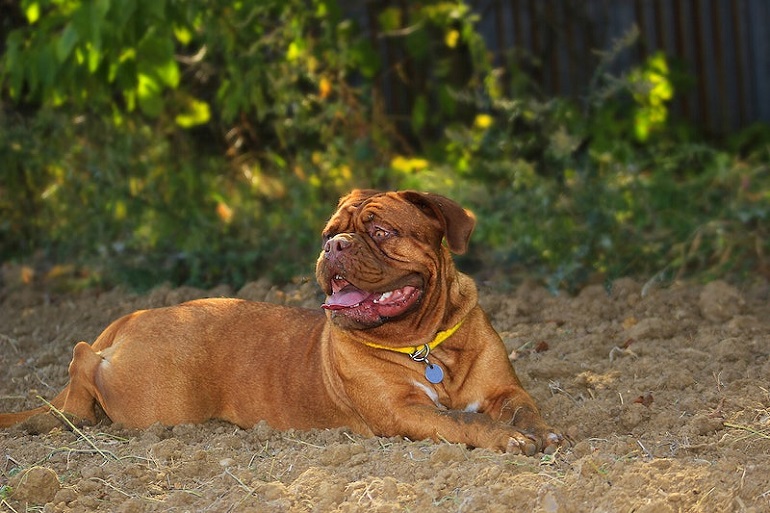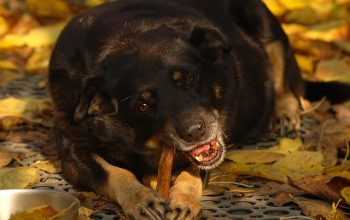In the vast tapestry of companionship, dogs have long danced their way into our hearts with their unwavering loyalty, infectious playfulness, and an innate ability to sniff out our most complex emotions. Yet, nestled within this intricate bond, there exists a hidden thread – canine anxiety. Like delicate petals quivering in the wind, some dogs find solace elusive, their nerves entangled in a cacophony of insecurities. Fret not, weary pet parents, for this article unveils a reputable compendium of techniques designed to summon tranquility and soothe the anxious souls of our beloved furry friends. Join us on this transformative journey as we delve into the realm of managing canine anxiety, arming ourselves with time-tested tools to nurture, heal, and restore balance in our nervous dog’s kingdom.

Recognizing Canine Anxiety: Signs and Symptoms to Watch Out For
Understanding your canine companion’s emotional well-being is crucial to their overall health and happiness. Dogs, just like humans, can experience anxiety in various situations. By being aware of the signs and symptoms of canine anxiety, you can better support your furry friend and provide them with the care they need.
One of the common signs of anxiety in dogs is excessive restlessness. If your typically calm and composed dog suddenly becomes excessively fidgety or appears unable to settle, it may be a sign of anxiety. Other physical indications can include increased panting, pacing, trembling, or shaking. Pay close attention to your dog’s body language and behavior during these moments to identify any patterns or triggers.
- Unusual or excessive barking
- Destructive behavior, such as chewing furniture or digging holes
- Changes in appetite, either refusing food or eating excessively
- Seeking constant attention or clinginess
- Excessive shedding or changes in coat condition
In addition to these physical signs, there are also behavioral signs of anxiety you should be alert to. Keep an eye out for sudden changes in your dog’s behavior, such as increased aggression, sudden fearfulness towards certain objects or situations, or even attempting to escape. These signs indicate that your furry companion is feeling anxious or stressed and requires your support to alleviate their distress. Remember, each dog is unique, so it’s important to be familiar with your pet’s typical behavior to spot any deviations that might indicate anxiety.

Understanding the Root Causes of Canine Anxiety: Common Triggers and Stressors
Dealing with canine anxiety can be a challenging experience for both dogs and their owners. It’s essential to recognize that anxiety in dogs can have various root causes, and understanding these triggers and stressors is crucial to providing effective support.
An environment that lacks mental and physical stimulation can often contribute to canine anxiety. Dogs are naturally curious and social creatures, so a lack of mental engagement and social interaction can leave them feeling stressed and restless. Additionally, changes in routine or sudden disruptions to a dog’s daily life can act as significant triggers, leading to unease and anxiety. These changes could include moving to a new home, the introduction of a new family member or pet, or even alterations in their daily walking or feeding schedule.
- Loneliness or isolation
- Loud noises or thunderstorms
- Separation from their owner or familiar people
- Veterinary visits or being in unfamiliar places
- Conflict or aggression with other animals
- Previous traumatic experiences
Identifying these common triggers and stressors is the first step towards helping dogs overcome anxiety. By recognizing the underlying causes, pet owners can implement strategies to alleviate their dog’s anxiety through environmental enrichment, gradual exposure to triggers, positive reinforcement training, and possibly even seeking professional guidance from a veterinarian or animal behaviorist. Remember, every dog is unique, and a tailored approach is often essential in managing canine anxiety effectively.
Effective Techniques and Strategies to Calm Your Nervous Dog
Does your furry friend get anxious and nervous in certain situations? Well, fret not! We have compiled a list of effective techniques and strategies that will help soothe your nervous pup. By implementing these calming methods, you can create a serene and relaxed environment for your four-legged companion.
1. Provide a Safe Space: Create a designated area where your dog can retreat to when feeling overwhelmed. This can be a cozy corner or a crate filled with their favorite toys and blankets. Having a safe space helps your dog feel secure and reduces their anxiety levels.
2. Engage in Calming Activities: Regular exercise and mental stimulation are key elements in calming a nervous dog. Take your furry friend for daily walks, engage in interactive play sessions, or consider trying puzzle toys that challenge their mind. These activities help redirect their energy and promote relaxation.
Creating a Calming Environment: Tips and Tools for Reducing Anxiety
In today’s fast-paced world, finding ways to reduce anxiety and create a calming environment has become more important than ever. Soothing our minds and promoting relaxation can greatly improve our overall well-being. Here, we have compiled a list of effective and creative tips and tools to help you create a tranquil space that promotes peace and reduces anxiety.
1. Natural Elements: Incorporate nature into your environment by adding plants, flowers, or a small indoor fountain. The presence of greenery can improve air quality and create a sense of serenity.
2. Soft Lighting: Opt for warm, dimmable lighting options like Himalayan salt lamps or string lights. Soft lighting can help you relax and unwind after a busy day.
3. Aromatherapy: Engage your senses with soothing scents like lavender, chamomile, or ylang-ylang. Use essential oils or scented candles to create a peaceful and inviting atmosphere.
4. Declutter: Clearing your space from unnecessary clutter can significantly reduce stress and anxiety. Consider minimalistic decor and storage solutions to maintain a peaceful environment.
5. Calming Sounds: Play soft, instrumental music or nature sounds in the background to create an ambient atmosphere. Take advantage of music-streaming platforms or dedicated white noise machines.
6. Cozy Corner: Create a comfortable nook with plush pillows, blankets, and a cozy chair. This dedicated space will serve as a sanctuary for relaxation and reflection.
7. Mindful Activities: Engage in activities like yoga, meditation, or journaling to help alleviate anxiety and improve focus. Set aside a designated area for these activities to immerse yourself fully.
8. Tech-Free Zone: Establish areas in your space where electronic devices are not allowed. Unplugging from technology can help reduce stress and create a sense of tranquility.
Final Thoughts
As we bid adieu to this insightful journey into managing canine anxiety, we hope these calming techniques become your steadfast companions in soothing your nervous dog’s restless soul. Remember, every canine companion is unique, with their own fears and apprehensions. Thus, patience and understanding are key as you embark on this transformative quest to help your furry friend find solace.
From creating a serene sanctuary filled with soothing aromas and delightful melodies, to engaging in fulfilling mental and physical activities, you are now armed with an arsenal of tools to combat anxiety’s nefarious grip. The power of touch, the warmth of your presence, and the soothing whispers of your voice, all possess the ability to comfort and ease your canine companion’s troubled mind.
As you dedicate time to cultivate a strong bond built on trust and reassurance, never forget the transformative magic of patience. Just as an artist gracefully molds clay, you too are shaping your dog’s voyage from anxiousness to tranquility. Embrace the small victories, celebrate the moments of progress, and remember that even the tiniest steps forward are monumental in this grand journey of healing.
In your quest, let empathy be your guidepost. Understanding your loyal four-legged friend’s triggers and fears will enable you to navigate the winding path towards calmness together. Each setback is an opportunity for growth, each challenge a chance for both of you to learn and evolve. Channel your fears and uncertainties into unwavering determination, and watch as your dog’s anxiety gradually melts away like a distant dream.
As we part ways, let us not forget the profound bond we share with our canine companions. They look up to us with eyes filled with trust, relying on our love and care to conquer the world of uncertainties that envelopes them. May this journey, filled with compassion and resilience, strengthen the unique connection between human and dog, forever etching a chapter of love and friendship in the annals of your lives.
Remember, dear reader, managing canine anxiety is an art that requires time, effort, and unwavering dedication. As you embark on this noble endeavor, may your cherished furry friend find serenity and peace within the shelter of your nurturing presence.
Anxiety in dogs is a common—yet often overlooked—problem affecting millions of canines and their owners alike. Symptoms of canine anxiety can range from destructive behaviors to physical manifestations like panting and shedding. Left unchecked, these behaviors can do more than disrupt your household; they can take a long-term toll on your dog’s physical and mental health. Thankfully, there are several practical techniques for managing canine anxiety and calming your nervous pup.
The simplest and most effective way to manage your dog’s anxiety is by making them familiar with their environment. Dogs naturally seek structure and routine, so taking the time to socialize your pup and make them aware of their new surroundings is key for helping them adjust and relax in the long run. Additionally, providing a secure space for your pet, such as a comfortable bed, will help them feel safe and protected.
Exercise is another essential method for managing your dog’s anxiety. Taking them on regular walks and playing with them outside will help them expend built-up energy and reduce stress. Plus, providing them with stimulating toys and activities can stave off boredom and keep their minds occupied. Lastly, it’s essential to remember that dogs with anxiety need more patience and attention from their owners; providing your pup with plenty of love and affection will go a long way toward calming their nerves.
In more severe cases of canine anxiety, consulting with a professional trainer or veterinarian may be necessary. Trainers can help create behavioral plans to alleviate anxiety and troubled behavior, in addition to most common methods of treatment. Your vet may suggest the use of natural calming supplements or even small doses of medications when necessary, along with providing advice on lifestyle and diet changes for your pet.
Dogs with anxiety can be tough to manage and navigate, but it doesn’t have to be that way. By utilizing these various practices to ease their anxiety, owners can provide their pup with the care and understanding they need to overcome their troubles and be more relaxed and content in any given situation.





